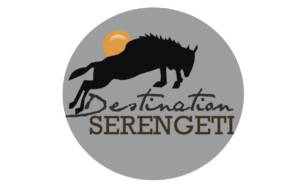Welcome and overnight in Arusha
On arrival, your friendly guide will welcome you and take you to your accommodation, and help you get settled in. He or she will make sure you are all set for supper and will go over your planned itinerary with you to answer any questions you have. He or she will also want to hear about any special dreams you may not yet have mentioned, as all our guides want your entire experience to be superb. Once you are settled and comfortable, your guide will leave you to enjoy the evening and the sounds and smells of the Tanzanian night.





